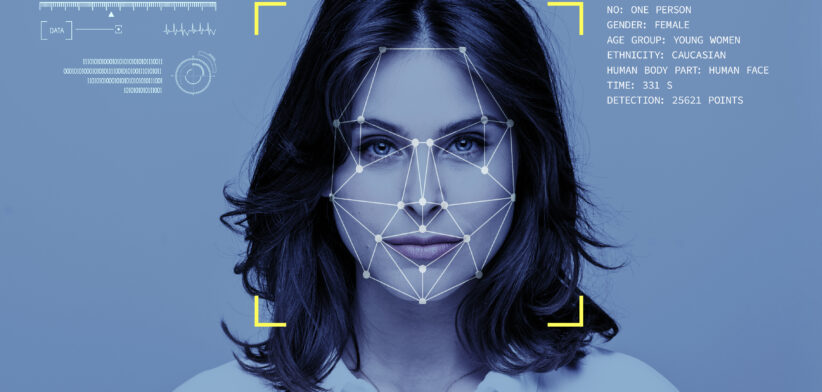The use of facial recognition technology is facing tighter restrictions as data and identity theft becomes rampant.
Even China, which has long been associated with using technology for mass surveillance and intelligence gathering, is drawing the line.
China’s Cyberspace Administration (CA) has just released new guidelines heavily restricting the use of this tech in private places.
This comes as the Australian Government prepares a range of legislative reforms to deal with growing technology-driven privacy issues.
The Chinese guidelines say hotels, banks, stations, airports, sports venues, exhibition halls, museums, art galleries, libraries and other business premises should not use facial recognition to verify personal identity unless required by law.
“The use of facial recognition technology must abide by laws and regulations, abide by public order, respect social ethics, assume social responsibilities, and fulfil personal information protection obligations,” the guidelines say.
“Facial recognition technology must not be used to endanger national security, harm public interests, disrupt social order, or infringement of the legitimate rights and interests of individuals and organisations and other activities prohibited by laws and regulations.”
The CA says, when other non-biometric identification solutions can achieve the same purpose or meet equivalent business requirements, the alternative method should be given priority.
Crucially, the guidelines say no organisation should use facial recognition technology to analyse someone’s race, ethnicity, religion, beliefs, health status or social class.” The restrictions do not apply when the technology is necessary to protect national security and public safety.
The Chinese move is reportedly in response to fears that widespread use of facial recognition was creating an increased risk of identity and data theft. There have also been reports about the growing prevalence of “deep fakes” based on brooad availability of data on people’s facial features.
Facial recognition technology is also expected to come under tighter controls in Australia after the Federal Government gave in-principal agreement earlier this year to recommendations in the Privacy Act Review Report.
The report outlines a series of legislative measures required to shore-up privacy protections, as technological advances continue to highlight new privacy issues.
Australian Bureau of Statistics figures, released earlier this month, showed that almost 200,000 Australians experienced identity theft last financial year as the digital evolution continued to open new crime frontiers.
This was coupled with more than one in every 10 Australians aged between 35 and 65 reporting card fraud and 2.5 percent of the adult population being scammed in other ways.
In 2022, the Human Rights Law Centre released a statement saying that surveillance using facial recognition technology “limits fundamental human rights”.
“Our current laws were not drafted to address the challenges posed by facial recognition technology to human rights such as the right to privacy, freedom of assembly and association, freedom of expression and of movement,” Senior Lawyer Kieran Pender said at the time.
“Right now Australian governments and corporations are using these technologies in an unregulated landscape, with few specific safeguards or oversights.
“Facial recognition technology has the potential to disproportionately impact women and people of colour, given proven algorithmic biases. There are also concerns around the use of this technology to undertake surveillance on marginalised communities, activists, whistleblowers and journalists.”








